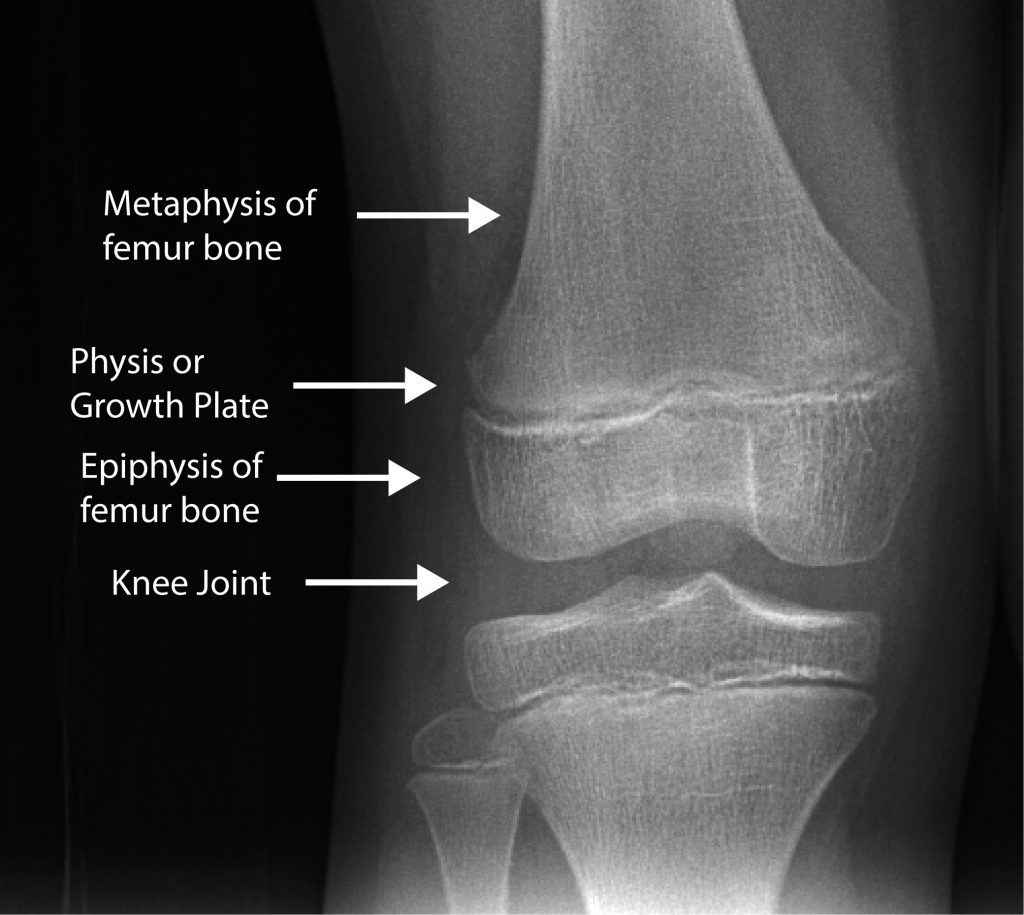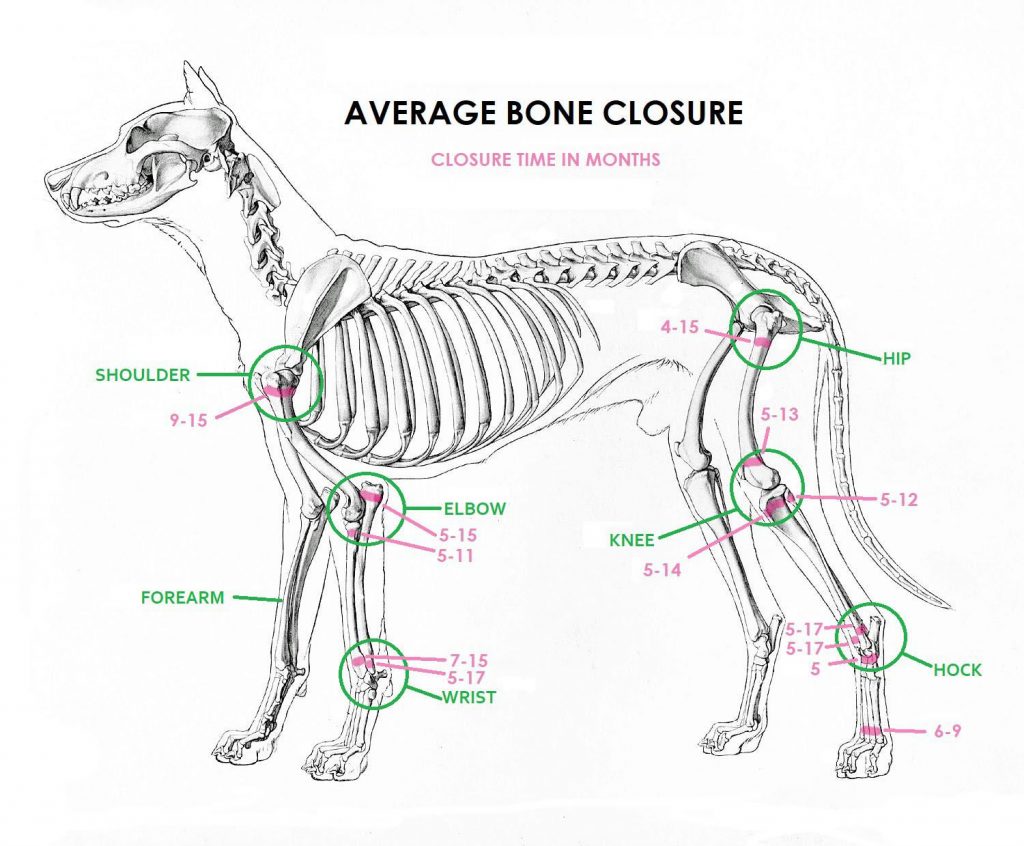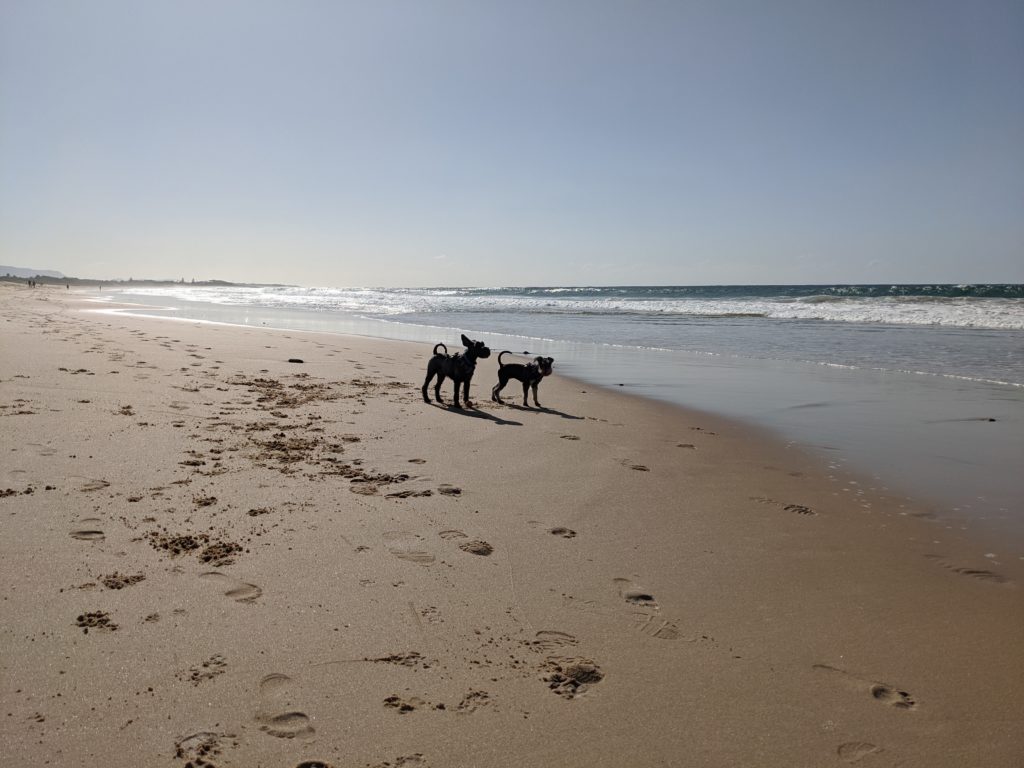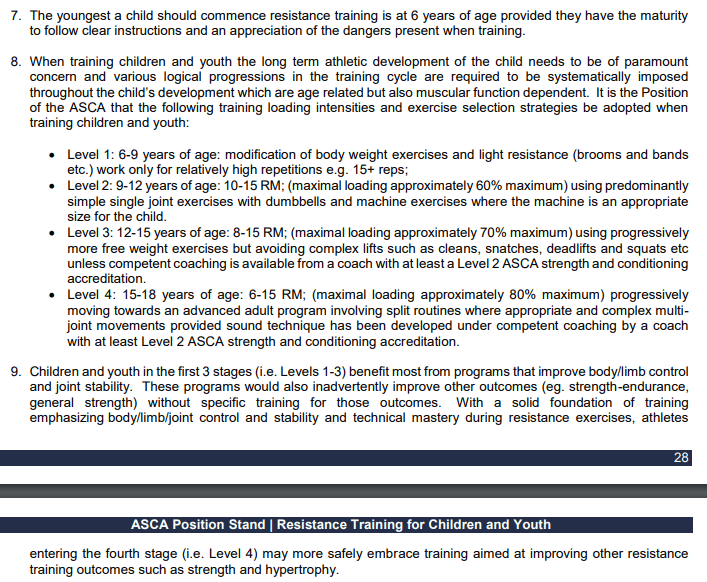It’s no secret that puppies have seemingly limitless energy and that they require an outlet for that energy, otherwise they get into mischief! Exercise might seem like the obvious solution, however, overexercising a puppy or the wrong type of exercise might do more harm than good by causing damage to growth plates in puppies. This article aims to educate you on how much exercise does a puppy need.
What Are Growth Plates in Puppies?
Epiphyseal plates, more commonly known as growth plates, are areas of new bone growth. They are located on long bones like the femur (thigh bone).

Growth plates are made of special cells and cartilage that allow long bones to continue growing in both length and width until maturity is reached. When a dog is fully mature the growth plates will close and harden into solid bone.
When Do The Growth Plates Close?
Growth plate closure happens when long bones reach skeletal maturity.

There are various factors that affect the closure time including breed/size, nutrition, environment, and neutering status.
When a puppy is born, they have exponential growth until they reach a certain age. This growth then slows until they reach skeletal maturation. As you can see in the table below, the size of the dog is one of the biggest factors affecting the time to skeletal maturity (growth plate closure).
Why Do Growth Plates Matter?
Growth plates in puppies are weaker than bone which makes it much easier to damage them. Because of this risk, people have been avoiding exercise in puppies. This is often out of fear, misinformation, or simply lack of understanding.
When a growth plate is damaged, it can cause issues with physical development. If not treated properly, it could result in a limb that is crooked or unequal in length when compared to its opposite limb. There is always a risk, but understanding helps mitigate risk. Even then, sometimes accidents happen.
What Can Cause Damage To A Growth Plate?
The following can cause damage to or the weakening of the growth plates in dogs:
Trauma
Accidents happen and when they do, a growth plate can be fractured. The most common complication that arises from a fractured growth plate is the early closure of the growth plate. This results in one limb that is slightly shorter than the other and an uneven gait.
Poor Nutrition
Puppy diets that meet the standards set forth by the Association of American Feed Control Officials (AAFCO) should be fed until the dog reaches maturity. This is to make sure that your puppy receives the appropriate amount of nutrients important for growth.
Poor nutrition also includes excessive nutrition. Fat puppies increase the load on growth plates and joints. Keep your puppy in the healthy weight range as guided by your veterinarian.
Overuse/Stress Repetitive Injury
When the same motions are made over and over, this can result in a stress injury. For example, if a dog parent decides to stand out in the garden and play fetch over and over (and over), every day, the repetitive motion of playing fetch excessively can cause stress on the growth plates and lead to injury.
The same recommendation applies to any puppy that will participate in a sport with repetitive motions like agility, flyball, dock diving, or frisbee. Introducing jumps and contacts too early, with too much repetition and frequency may lead to growth plate injury. This isn’t to say that you can’t start training or exercise your dog, however, training should focus on foundations, general conditioning, and obedience.
Why is Exercise Important for Puppies Bones?
Bone growth is dependent not only on internal factors such as hormones and nutrients but also on external factors like physical activity and exercise. Exercise has a positive effect on bone growth. An excerpt from the book “Physical Activity Guidelines for Americans, 2nd edition” reads,
“Bone-strengthening activities remain especially important for children and young adolescents because the greatest gains in bone mass occur during the years just before and during puberty. In addition, the majority of peak bone mass is obtained by the end of adolescence.”

How Much Exercise Does a Puppy Need?
This is going to depend on not only your puppy but also your experience as a dog owner. There isn’t a lot of research looking at appropriate amounts of exercise in puppies and the guidelines that you’ll come across on the internet don’t seem to be backed by good quality research. So let’s digress to recommendations for children for a moment:
Growth plates in puppies and children are physiologically the same. Puppies just mature more quickly as the growth period is compressed from ~18yrs to ~18 months.
The current guidelines for children from the CDC are as follows:
Recommended Levels for Preschool-Aged Children (ages 3 through 5 years)
- Preschool-aged children (ages 3 through 5 years) should be physically active throughout the day for growth and development.
- Adult caregivers should encourage preschool-aged children to be active when they play.
Recommended Levels for School-Aged Children and Adolescents (ages 6 through 17 years)
- Children and adolescents ages 6 through 17 years should do 60 minutes (1 hour) or more of moderate-to-vigorous intensity physical activity each day, including daily aerobic – and activities that strengthen bones (like running or jumping) – 3 days each week, and that build muscles (like climbing or doing push-ups) – 3 days each week.
Note that in the younger age group there was no structure nor time to the recommendation. The US Department of Health and Human Services in their book, Physical Activity Guidelines for Americans, 2nd edition goes on to suggest 3hrs/day as an appropriate guide for children aged 3-5 to be physically active. The key take-home is that in young children, the exercise is not structured but rather free play. Once children reach 6+yrs old, the recommendations become more structured with recommended frequency, intensity, time, and type (FITT formula)
If we then look at resistance training in children. In 2017 the ASCA position stand is as follows:

Summarised, the ASCA states that resistance training after 6yrs of age has been shown to be safe but that prior to 15yrs of age, it should be submaximal with the emphasis being on improving body/limb control and joint stability. They call these “foundations”.
So if we apply these recommendations to puppies:
Young puppies should be encouraged to engage in free play (<3-6mos old):
- This free play needs to be with puppies/dogs of similar energy levels/playstyle (it may also be with you rather than other dogs).
- The free play should be self-directed and allowed to be terminated by the puppy.
- If however the puppy, similar to children, becomes “hyper” or “over-aroused” a supervising adult may need to break up the play for a period before play can resume (remember puppies need ~18-20hrs sleep per day).
As the puppy ages (remember small and large dogs mature at different rates), more formal exercise can be added:
- Walks may change from sniff and stroll to a trot or run. These sessions can be progressively built over time, with appropriate frequency and duration for the individual puppy.
- Puppy foundations can also be added. These foundations may be for a specific sport that you would like to participate in or simple life skills. Puppy foundations teach your puppy the skills of a sport without putting “excessive” stress through their joints. There may be no or low jumps to start with and repetitions/training time will be appropriate for the age of the puppy.
Puppy Exercise Guidelines
Remember I mentioned that owner experience will also factor in decision making. My decisions around appropriate exercise for my puppy or a professional agility trainer may differ from a first-time dog owner. So this is where easy-to-follow guidelines come from. They are a starting point. The guidelines below are a starting point. They er towards the safe side of enough but not too much, for an average puppy.

Our article on Puppy Exercise Guidelines goes into more specific details on the amount and type of exercise at different growth periods.
If you want more specific help with appropriate levels of exercise for your puppy, then one of the following professionals will be able to help:
- Vet with further training in rehabilitation/sports medicine
- Canine Rehabilitation Professional (CCRP/CCRT)
- Canine Fitness Trainer (CCRT or CPCFT)
- Physical Therapist/ Physiotherapist with post-graduate training in animal physiotherapy
Whatever you decide, enjoy this precious time spend with your pup!


